Scanpan is another high-end cookware that has caught the imagination of consumers with its supposedly better quality and durability. The company also offers nonstick cookware and with the demand for longer-lasting coatings, Scanpan has a ready market of buyers despite the higher price. But is it worth it to pay more for this cookware? The Scanpan reviews below will look at a few of their fry pan models to see in what ways they may be worth buying and the areas that they may be lacking.
Scanpan Reviews – The Different Fry Pans
Scanpan Classic Review

==> Check Price
For nonstick cookware, the Scanpan Classic is the most popular one with its greater affordability. It is also its original cookware line with a minimalist design. Scanpan Classic uses aluminum in its construction but the emphasis is on 100% recycled aluminum for a greener production process. There is nothing new in using aluminum in cookware. In fact, it is a norm because aluminum is a great heat conductor and light.
Its main selling point is its nonstick coating. It is a patented ceramic titanium surface that is claimed to be 10 times harder than steel. It is also free from PFOA and PFOS. Due to its tough nonstick coating, it is deemed as dishwasher safe and metal utensils safe. However, handwashing and using nylon or wooden utensils are still recommended. The cookware is oven proof up to 500°F but it is not built for induction cooktops.
For us, one good reason to buy the Scanpan Classic is the handle design. There are no screws or rivets used. Instead, the handle is attached to the pan using a patented locking system to ensure that it does not become loose over time. So, what does that mean to the user? It means that the pan’s interior has no rivets for gunk to build up over time. It is completely smooth. For those who are particular about hygiene, this would be a great plus. Another nonstick cookware with a rivet-free interior is the Swiss Diamond.
Performance-wise, there is not much to complain about. It is nonstick as claimed and heats evenly. The base is flat and it doesn’t warp if you follow the user instructions not to overheat and wash it only after it is allowed to cool for 5 minutes after cooking.
Where it might be lacking for some is the longer heat up time compared to thinner cookware. Because the Scanpan has a thick base, it does take longer to heat up. But on the upside, a thicker base is less likely to warp and prevents food from burning too easily. The depth of the fry pan could also be a little too shallow for some users. It is ideal for eggs and bacon but you might have a hard time stir-frying in these pans.
Scanpan Professional Review
The Scanpan Professional is not much different from the Classic. The product features listed on its selling page are pretty similar to each other. The aluminum construction and nonstick coating seem to be the same.
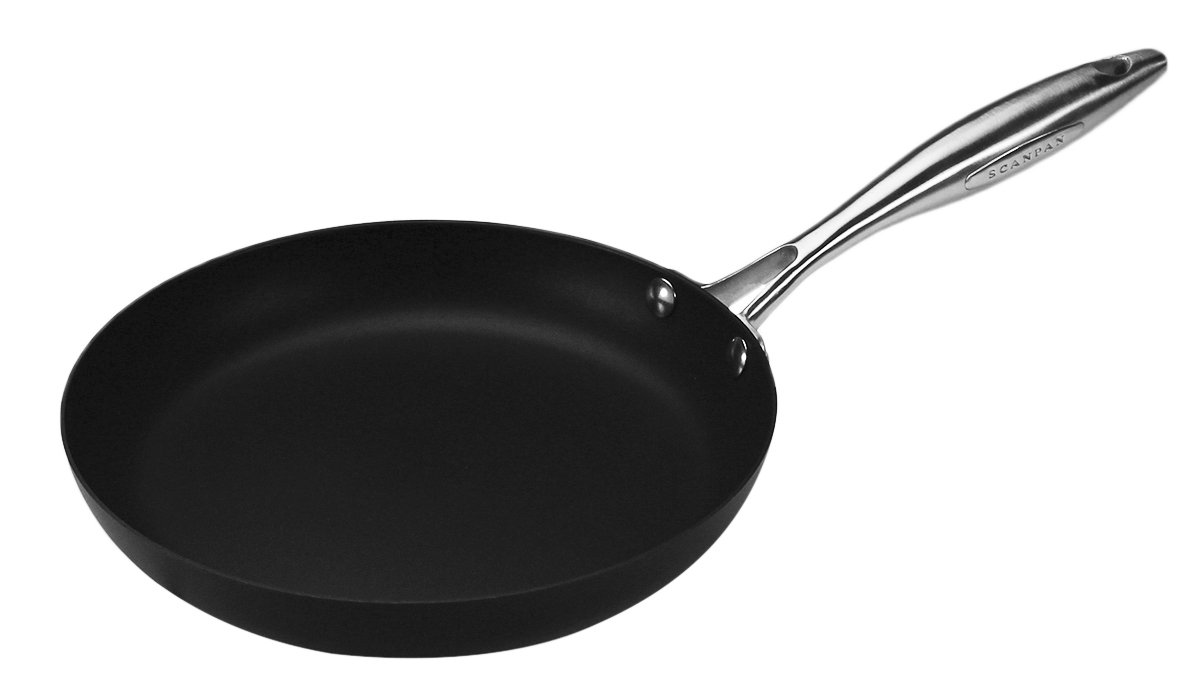
==> Check Price
But notable difference is the handle. The Professional has a cast 18/10 stainless steel handle that is permanently riveted to the pan body. So, you won’t get a completely smooth interior compared to the Classic pan. On top of that, the lids for the Professional series are stainless steel. The Classic is using glass lids.
Given that the features are similar, the pros and cons of the Professional pans are no different from the Classic pans. They are nonstick, easy to clean, and far from being a flimsy piece of cookware. Its 11-inch fry pan weighs more than 2.5 lbs which is more solid than some of the best ceramic cookware on the market. However, like the Classic, some have complained that the fry pan is a little shallow for the price paid and it is expensive.
Scanpan Classic vs Professional vs IQ vs Pro IQ vs CTX
Scanpan nonstick cookware is not limited to just the Classic and Professional series. There are other cookware lines and each has its own unique features. For this Scanpan review, let’s take a look at the Classic vs Professional vs IQ vs Pro IQ vs CTX in a simple table format below:
| Classic | Professional | IQ | Pro IQ | CTX | |
|---|---|---|---|---|---|
| Construction | Aluminum | Aluminum | Aluminum | Aluminum | Aluminum core with stainless steel exterior |
| Nonstick | Yes | Yes | Yes | Yes | Yes |
| Induction | No | No | Yes | Yes | Yes |
| Handle | Polymer with patented locking system | Stainless steel with rivets | Polymer with patented locking system | Stainless steel with rivets | Stainless steel with rivets |
| Lid | Glass | Stainless steel | Glass with silicone rim | Vented glass with steel rim | Steel with glass middle |
| Oven Safe | 500°F | 500°F | 500°F | 500°F | 500°F |
| Dishwasher Safe | Yes | Yes | Yes | Yes | Yes |
| Metal Utensil Safe | Yes | Yes | Yes | Yes | Yes |
Note: Although listed as dishwasher and metal utensil safe, handwashing and using wooden or silicone utensils are still recommended to prolong its lifespan.
Should You Buy The Scanpan Cookware?
Basically, the Scanpan nonstick cookware uses the same coating for all its pans. So, what you are choosing among the different cookware lines boils down to the look, handle, and type of lid. Of course, you will also have a narrower choice if you are looking for an induction compatible cookware.
The critical question is how long does the nonstick coating last. The usual reason why people decide to fork out more money to buy high-end nonstick cookware is that they are sick and tired of having to replace a pan every other year. Having gone through a long list of Scanpan reviews posted by buyers online, the general consensus is that the coating does seem to last longer than average. There are quite a number of users who have used the pans for more than 5 years and it is not uncommon to come across people who are still using their pans after 7 years.
For nonstick cookware, 5 years is considered long. Most will need a replacement after 2 to 3 years. However, there are also complaints that the Scanpan is no different from any other nonstick cookware. The pans start to stick after a year or two. Thus, the short lifespan does not justify the high price paid.
For us, we will just look at the cost to see if a nonstick cookware is worth a buy. You can easily get a nonstick fry pan such as the Blue Diamond for $20 to $30 while a Scanpan might cost you 2 to 3 times that. If the Blue Diamond pan can last you a year, the Scanpan must be able to last you 2 to 3 years to make it worthwhile since it costs that much more.
Any Great Deals For The Scanpan? Find Out Now:
2 to 3 years seems like a reasonable time frame with acceptable risk because many of the problems with the coating only start surfacing after a few years of use. As in all nonstick cookware, don’t expect it to last a lifetime no matter how much you paid for it. Lower your expectations and compare the cost with your existing nonstick cookware to see if the Scanpan is justifiable for you. After all, nonstick cookware is not like a Finex cast iron skillet. They are not heirloom items but replaceable kitchenware.

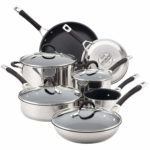
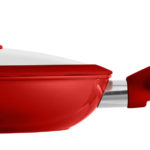
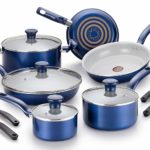
 0
0 

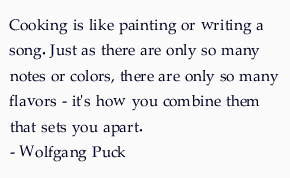

My is a question? Is the Scanpan PRO IQ be able to used on GAS stoves? As my wife says I cant use it on gas cook tops. Please advise.
Regards
M Zukowski
Bought a scanpan frying pan . Didn’t stay non stick for long . Complete waste of money
Recently the outside finish on my 8″ fry pan has started to peel off. After reading some reviews from other customers I am assuming that my fry pan will not be replaced. If I am wrong please let know. I don’t want to waste money sending it back, due to the high cost of postage.
Ive used same scanpans for over 15 years and they are still great. I use them every day. They just go and go.
Its good to use a little oil with any pan.